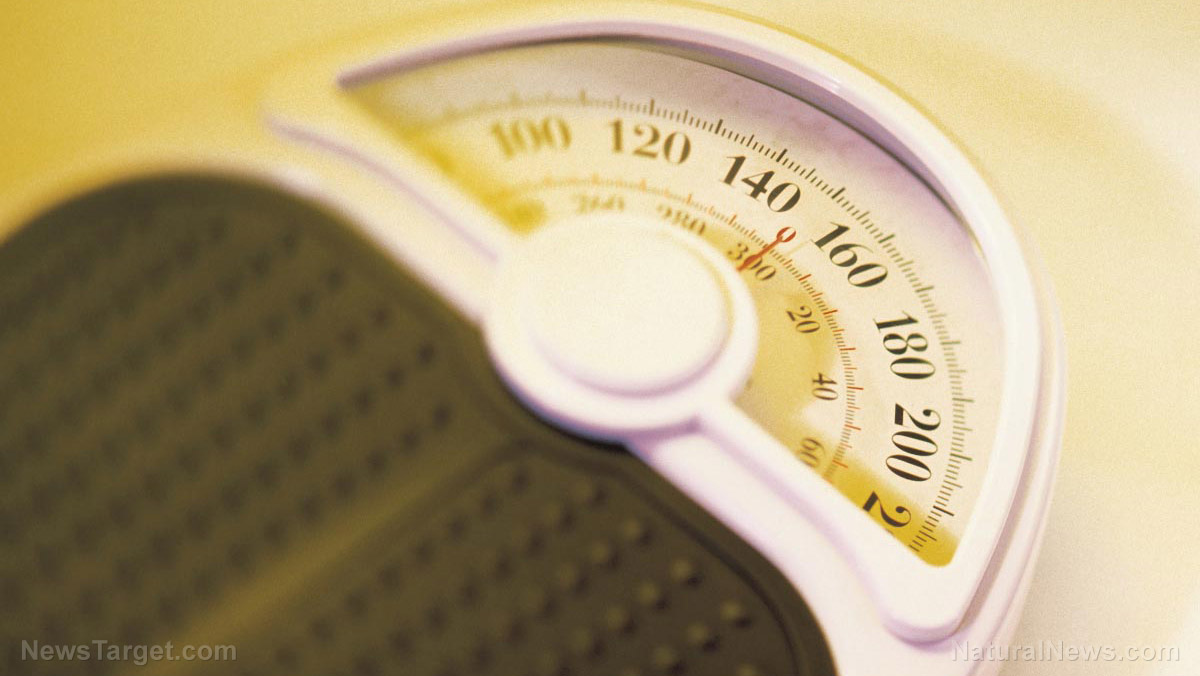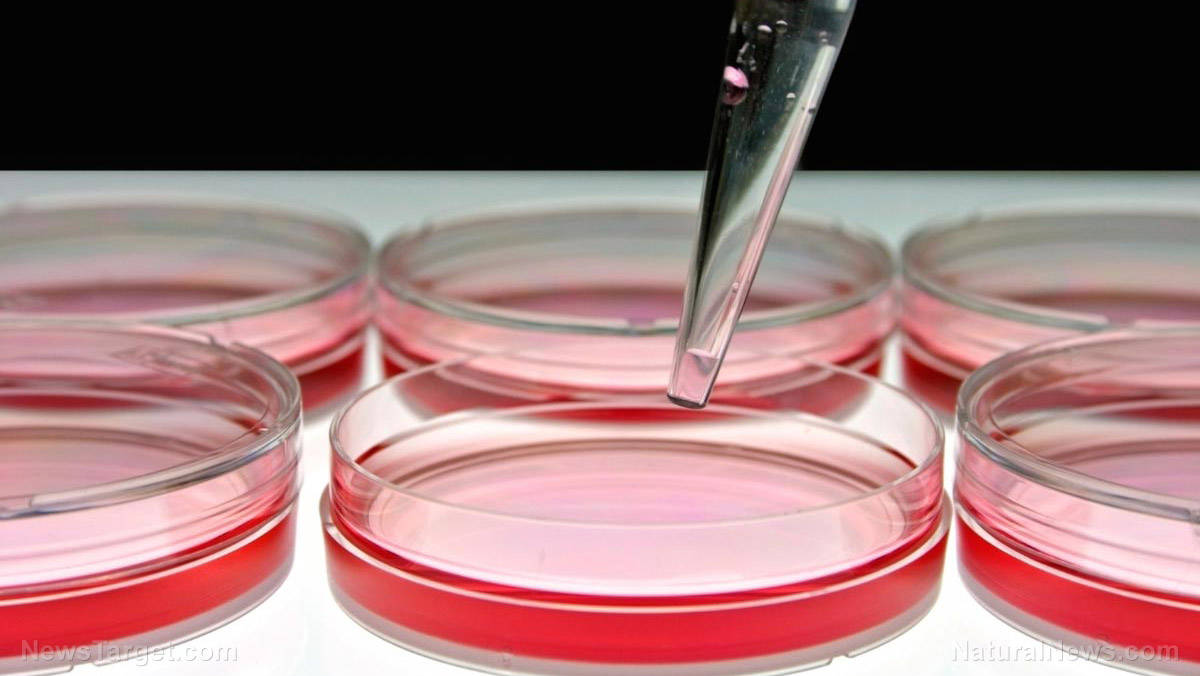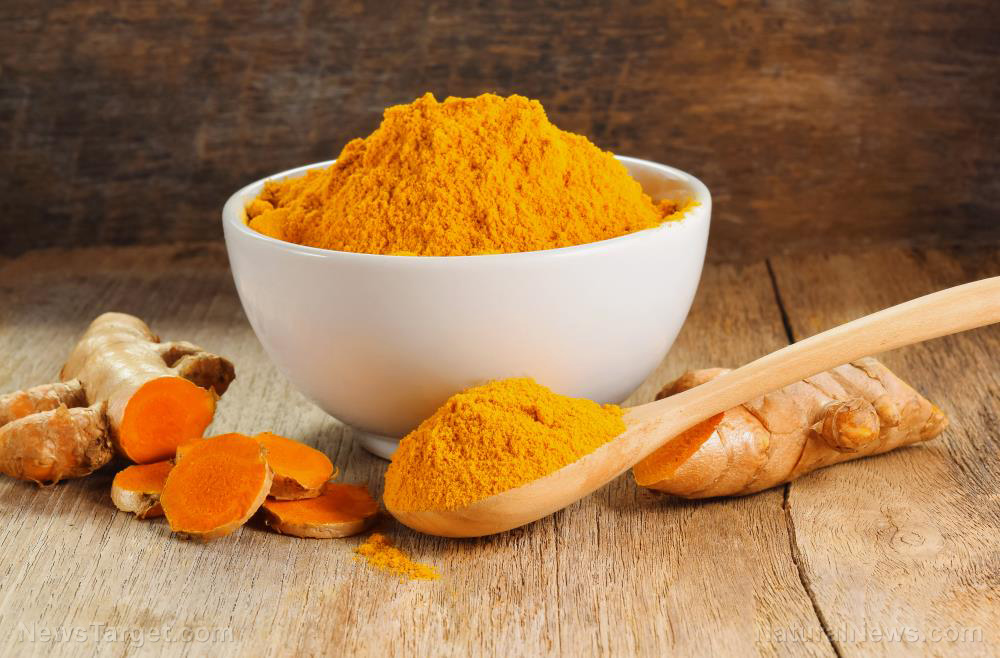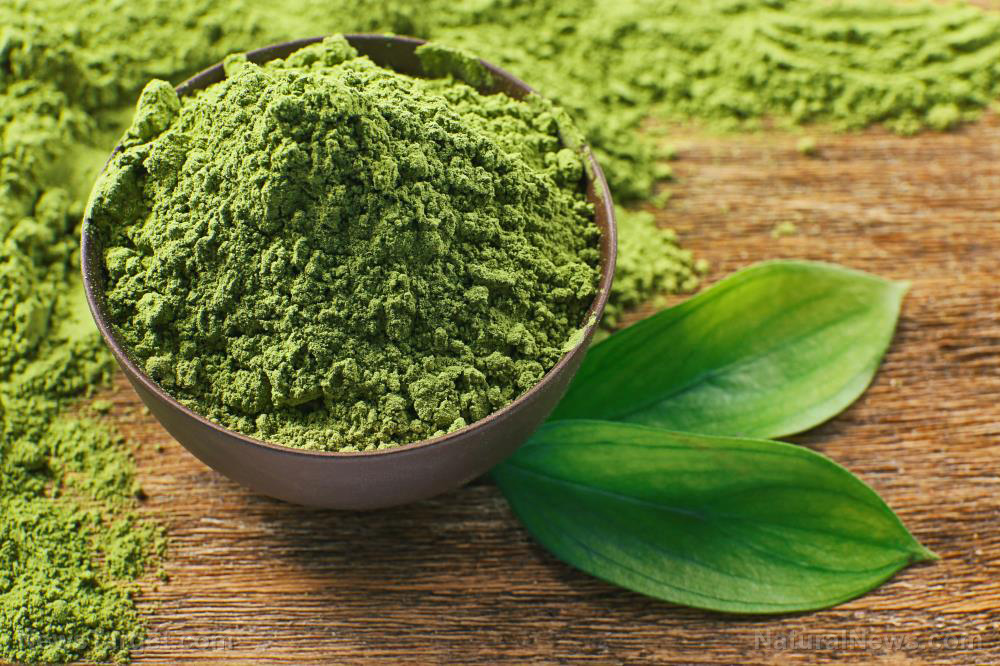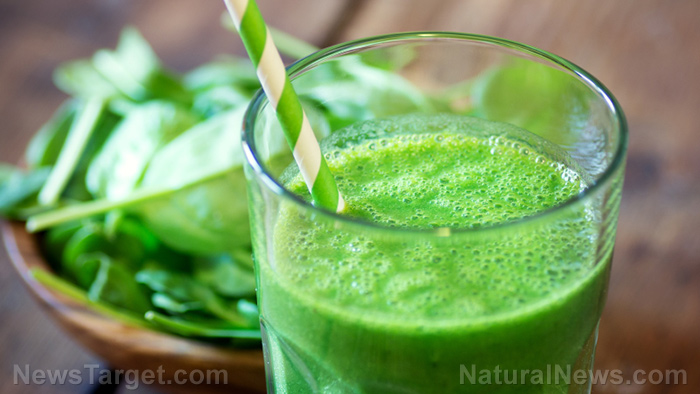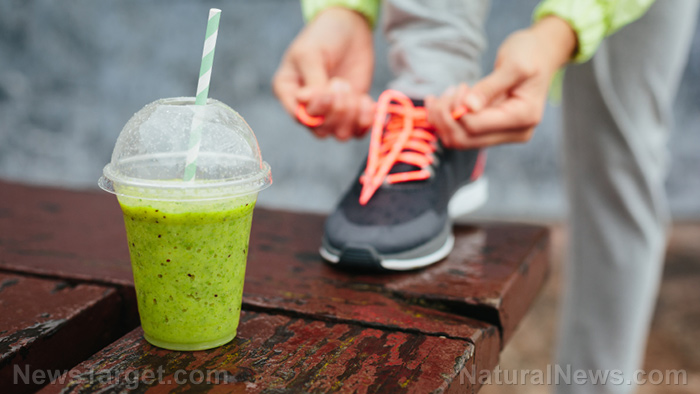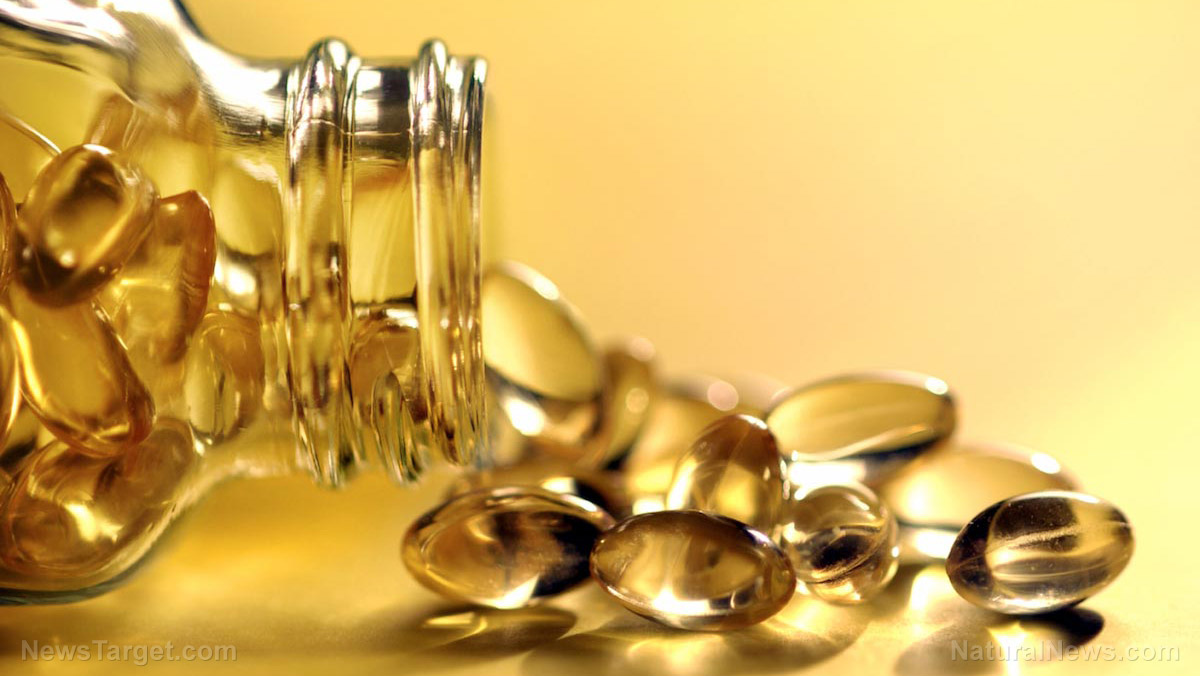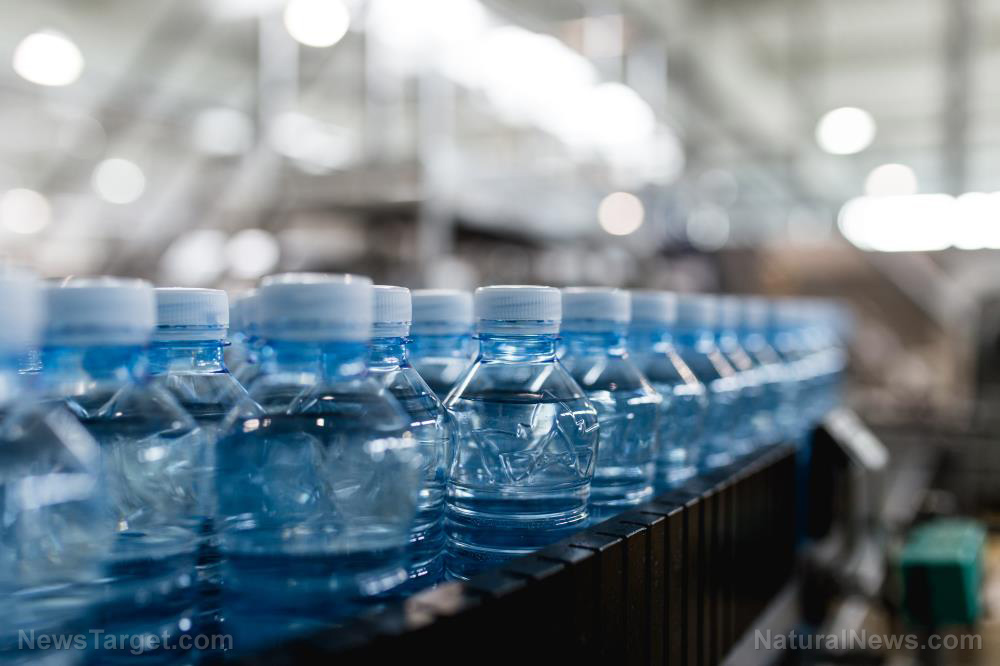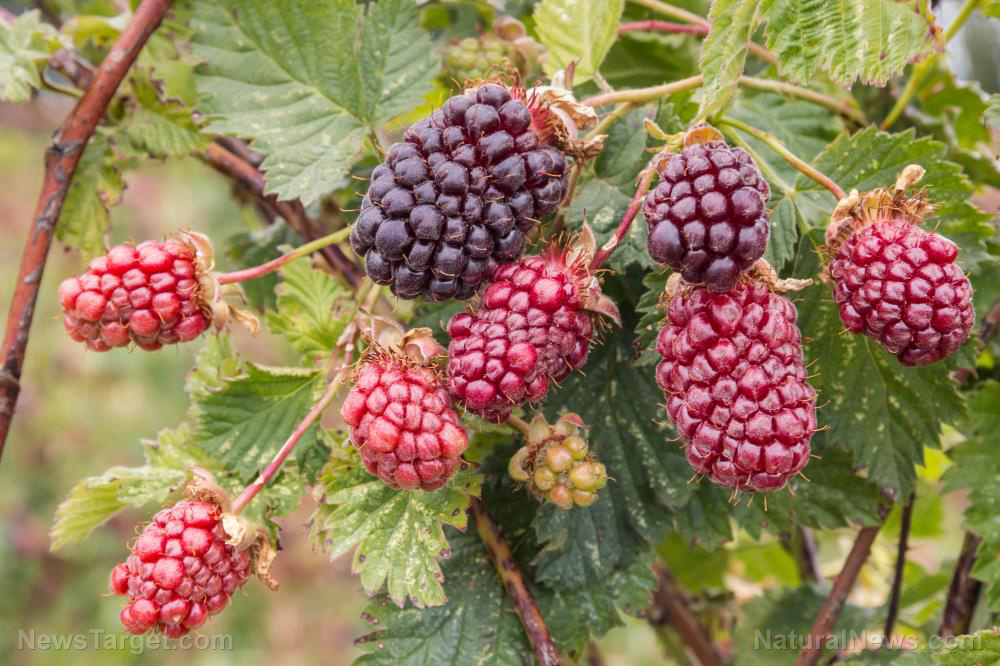Eating organic food and using supplements can prevent zinc and iron deficiencies
09/04/2018 / By Ralph Flores
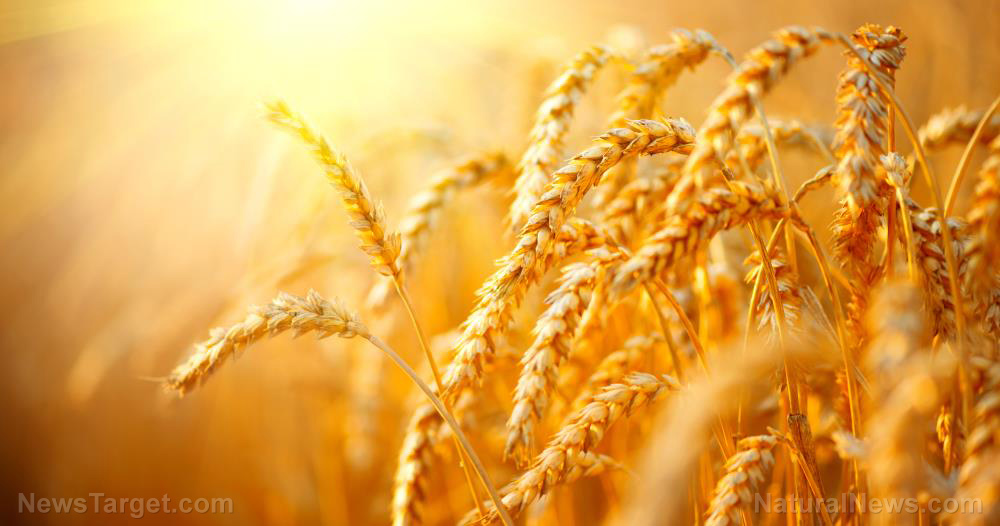
The world’s food supply is seriously lacking in iron and zinc, according to an international study led by researchers from the U.K. and Austria. Their article, released in the journal Global Food Security, looked at the current micronutrient deficiency in food systems around the world, especially in areas that need it.
This phenomenon, which researchers dubbed as “hidden hunger,” can be seen everywhere, but its effects are more pronounced in the global south – a term that describes economically disadvantaged areas. In particular, the team looked at zinc and iron deficits, as they are known to be introduced into food through the soil and other crop factors. Zinc, in particular, is an area of concern: An earlier study in PLoS One identified countries in South and Southeast Asia, Sub-Saharan Africa, and Central America to be at risk of inadequate zinc intake, based on its availability in their national food supplies.
Similarly, multiple studies have also identified iron deficiency as one of the most prevalent forms of malnutrition, with most cases seen in Asia and Africa.
In the study, the team offered four ways to increase a person’s intake of zinc and iron: (1) using supplements, (2) fortifying food, (3) diversifying diet, and (4) fortifying crops biologically using breeding and fertilizer-based approaches.
An area that researchers identified to be a cause of concern is Sub-Saharan Africa, where cases of zinc deficiency could be worse than iron deficiency, based on supply estimates. However, the team acknowledged gaps in their study, which meant that the situation on the ground could be far different from their calculations.
Mother Nature's micronutrient secret: Organic Broccoli Sprout Capsules now available, delivering 280mg of high-density nutrition, including the extraordinary "sulforaphane" and "glucosinolate" nutrients found only in cruciferous healing foods. Every lot laboratory tested. See availability here.
“Recent analytical advances, including the use of stable isotopes of [zinc] and [iron], can play an increasing role in improving our understanding of the movement of micronutrients in food systems, and thereby help to reduce the immense human cost of hidden hunger,” the team concluded in their report.
Some approaches to prevent zinc and iron deficiency
The study highlighted that a person might not be getting adequate levels of zinc and iron in their bodies; however, these can easily be solved by making some changes in what you eat. Before you do so, seek the advice of a healthcare professional to learn the severity of the condition, as well as any long-term problems that may be caused by it.
Switching up your diet
For people with an iron deficiency, adding more eggs, meat, poultry, vegetables, and legumes in your diet can help address iron deficiency, including anemia. Those who need more zinc in their diet should add oysters to it – this seafood contains more zinc per serving than any other food. Other good sources include beans, nuts, certain types of seafood (such as crab and lobster), and whole grains. (Related: Six signs of zinc deficiency: Are YOU getting enough?)
Supplementing with zinc and iron
Some herbs that are known to be rich in zinc include parsley, rosemary, sage, chervil, and dill, while nettles, avocado, dandelion, and lemon are great sources of iron.
There are also supplements that provide iron and zinc. However, seek the advice of a healthcare professional before starting – this can help you determine how much of a specific mineral you need in a day, as well as which formulation works best for each person.
Learn more about the current state of our food supplies by following FoodCollapse.news today.
Sources include:
Tagged Under: food security, food supply, food system, hidden hunger, iron, iron deficiency, micronutrient deficiency, micronutrients, mineral nutrients, minerals, nutrients, supplements, zinc, zinc deficiency

